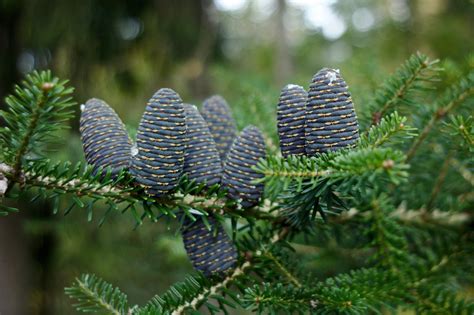Fir Tree Plant. They are closely related to other coniferous trees in the family pinaceae such as pines and cedars. Knowing the scientific name of true fir trees can help to identify them.
:max_bytes(150000):strip_icc()/noble-fir-at-christmas-tree-farm-in-the-pacific-northwest-532482713-dca920d2649f4c7295ca0b72fc5abffb.jpg)
Planting a douglas fir tree they grow best in areas with cold winters and hot summers in u.s. How to plant a fir tree in the garden step by step? Location is the most important factor in planting a healthy fir tree.
Excellent Specimen Plant Or Used En Masse To Create Screening.
Depending on the species, a fir tree can thrive in cool, moist climates in usda growing zones 3 to 8. Native geographic location and habitat: Possess wide lower branches and develop into more of a downturned shape.
It Grows 40 To 80 Feet High And 15 To 20 Feet Wide In Landscape Situations.
It makes a great home for wildlife. Fill the hole with loose, moist soil while holding the tree at its proper depth. Some good choices for ground cover plants under trees include:.
They Are Closely Related To Other Coniferous Trees In The Family Pinaceae Such As Pines And Cedars.
Except hard packed clay soil, these trees grow in most types of soil. They prefer cool, moist growing conditions. Native to seattle, the grand fir is truly grand.
Many Fir Trees Have A Shallow Network Of Roots And Need To Be Planted In An Area That Is Protected From High Winds.
Knowing the scientific name of true fir trees can help to identify them. Do not plant a fir tree too close to a structure. When planting any type of fir tree, location is important to ensure a healthy tree.
These Trees Belong To The Species Abies And Are Woody In Nature.
Fir trees some abies varieties are perfect for adding height and structure, making a useful backdrop to more showy plants at the rear of a shrubbery. The fir tree has to be planted in an area which is protected from high winds. Cones can be purple, green, or blue, before changing to a golden brown.
